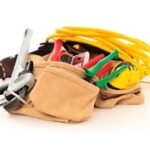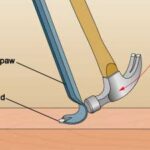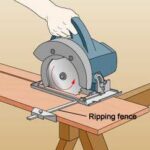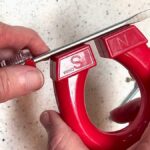This buying guide will help you choose the perfect tool box gifts for the new homeowner in your life. These are the perfect set of basic tools to begin filling a new DIYer’s tool box.
Trying to find the perfect gift for a first-time homeowner or somebody who’s just starting out on their own? How about pulling together an assortment of basic tools that are essential for all kinds of simple jobs around the house?
Tools become a gift that keeps on giving, year after year, every time the need for a hammer or screwdriver arises. And the beauty of this type of gift is that you can tailor it to meet your budget. For an extravagant gift, you can outfit a complete, basic kit, including a toolbox for storing and carrying the tools. Or you can scale this down by buying a few key tools.
Although you could spend hundreds buying tools, most people don’t need a shop full of the latest and greatest. You can gather an excellent selection of tools capable of handling the bulk of do-it-yourself repairs for under $100. Watch for sales at Ace, Lowe’s, Home Depot, and similar home improvement centers. But don’t skimp on quality. Cheap tools usually don’t work properly and may not last past their first job. A poorly made screwdriver’s tip, for example, is likely to mangle under the pressure of driving stubborn screws.
Spend a few extra dollars to get quality tools that will last and be easier to use. Sears Craftsman hand tools are popular because they have a lifetime warranty. Which tools should you buy for a basic kit? Consider the varieties shown here as the “buy first” list.
Hammer
Perhaps the most basic and necessary of all tools, a hammer is a household necessity. A 16-ounce curved-claw hammer with a wooden or metal handle is a good choice for the basic toolbox. You can buy a good hammer for under $20.
Measuring tape
A good measuring tape is necessary for almost every type of home-repair job. For from $8 to $10, you can buy a 16- or 25-foot retractable tape measure.
Utility knife
Razor-sharp, a utility knife comes in handy for cutting everything from cardboard boxes to insulation or drywall. The good thing about this type of tool is that you simply replace the blade when it becomes dull. Most store extra blades in the handle. A utility knife costs about $5.
Adjustable wrench
For turning nuts and bolts in various types of construction, plumbing, and mechanical jobs, get an adjustable wrench. This type of wrench eliminates the need to buy a set of fixed wrenches. An 8-inch adjustable wrench is a good general-purpose size. Figure this will cost you about $20.
Tongue-and-groove pliers
Pliers with jaws that can be adjusted (sometimes called by the trade name Channellock pliers) to fit anything from nails to large pipes are often needed when working on other home improvement jobs—it does a great job of substituting for pipe wrenches. These are also perfect for opening baby food jars. They run about $13.
Screwdrivers
Buy several sizes of screwdrivers with both flat and Phillips-style tips. Be sure their grips are comfortable. You can buy a 10- to 18-piece set for from $20 to $30. Another option is to get a 4-in-1 screwdriver—a screwdriver with changeable tips that fit into the shaft and handle—for about $4.
Paint brushes
Of course, these are always handy. Get brushes with synthetic bristles because they can be used for both latex and alkyd/oil-based paints and finishes. Choose long bristles that splay evenly and are frayed at their ends. A good brush starts at about $7. See the HomeTips article How to Choose the Right Paintbrush.
Variable-speed drill/driver
This is a power tool and, as such, considerably more expensive than the hand tools on this list. But a variable-speed cordless drill-driver is extremely handy. One of these will not only bore holes in wood, plastic, and metal, but will drive screws. The higher the voltage, the more powerful the drill. A 9.6 reversible model is a good choice. Don’t forget to get a set of drill bits and screwdriver tips.
Toolbox
Of course, you can buy a nice metal toolbox, but one of these may push your budget too high. Instead, consider an inexpensive polypropylene tub-style container with storage compartments or a lightweight polyester tool bag for toting tools around the house.
Happy gift giving!



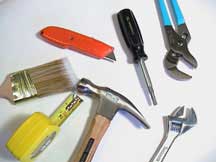
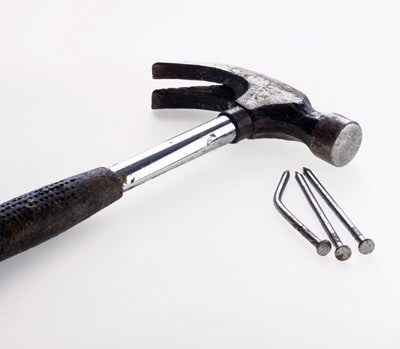
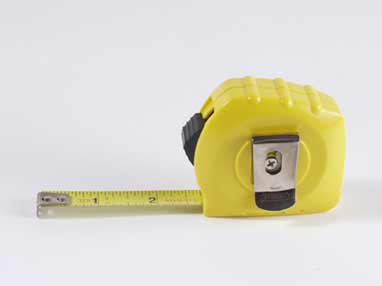
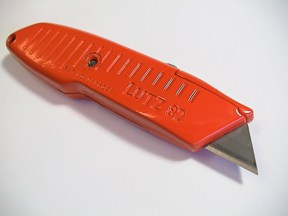
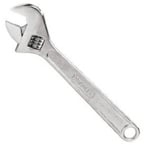
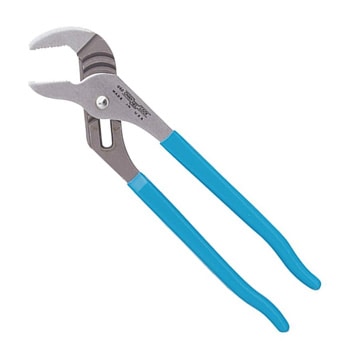
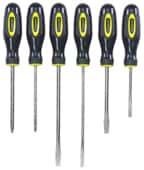
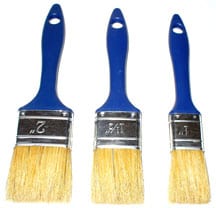
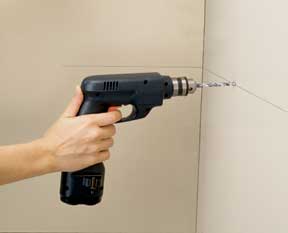
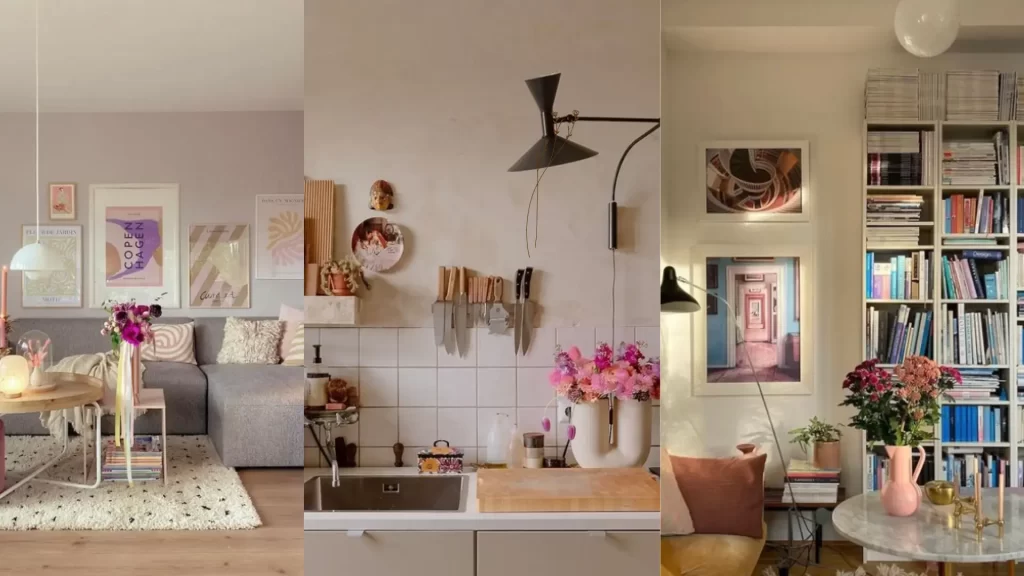
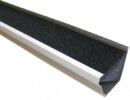

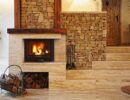
 Don Vandervort writes or edits every article at HomeTips. Don has:
Don Vandervort writes or edits every article at HomeTips. Don has:
